Polish vegetable production
The production of vegetables is an important branch of Polish agriculture, the importance which is gradually growing. It is an important raw material base for the domestic processing industry.
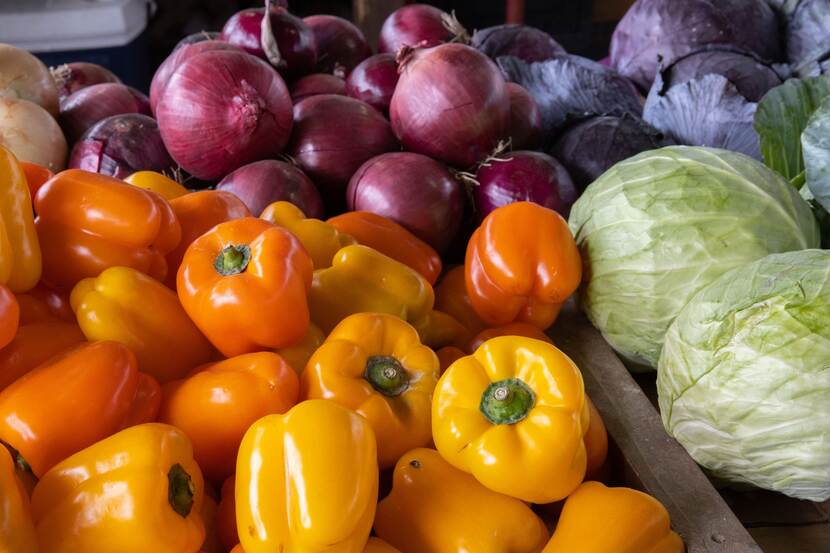
The share of vegetables in the value of the commodity agricultural production is about 11%. The Polish vegetable industry is characterized by diversity, modernity, progressive specialization of farms and competitiveness in the international market. Poland is the largest EU producer of cabbage and beetroot. We are ranked second in the production of cucumbers (after Spain) and potatoes (after Germany) and third in the production of carrots (after Germany and the United Kingdom) and cauliflowers (after Spain and Italy). Our country is also the fourth producer of tomatoes and the fifth producer of onions in the EU market. Definitely, the cultivation of field vegetables is most common in Poland. In the years 2015–2020, the production of field vegetables in Poland ranged from 3.8 to 4.6 million tonnes. The largest share in the national harvest was that of cabbage, car-rots and onions. The lower share was that of: beetroot, tomatoes, cucumbers and cauliflowers.
In view of the temperate climatic conditions dominant in Poland, the cultivation of field vegetables is seasonal. For this reason, the production of vegetables under cover is becoming more and more popular. Greenhouses and plastic tunnels allow national consumers to access the full range of fresh vegetables for the majority of the year. In the years 2015–2020, Poland produced 1.0–1.2 million tonnes of vegetables under cover and of the greatest importance was the cultivation of tomatoes (the share of 55–58% in the production) and cucumbers (25–27%). The much lower share in the domestic production of vegetables under cover was that of peppers and other vegetable species, like lettuce, radishes and aubergines. An important factor stimulating the development of the domestic production of vegetables is a possibility of placing production surpluses on foreign markets. In 2020, 462 thousand tonnes of vegetables were exported outside Poland, 25% more than in 2004, i.e. in the first year of Poland’s membership in the EU. A much larger increase has been recorded in the export revenues. In 2020, the export value of vegetables increased more than three times, to EUR 301 million.
Poland is the largest EU producer of cabbage and beetroot. Poland ranked second in the production of cucumbers (after Spain) and potatoes (after Germany) and third in the production of carrots (after Germany and the United Kingdom) and cauliflowers (after Spain and Italy). The country is also the fourth producer of tomatoes and the fifth producer of onions in the EU market.
The major customers of Polish vegetables are the European Union countries (in particular Germany, the United Kingdom and the Netherlands) and, as regards the non-EU countries – Ukraine and Belarus. Poland export mostly onions, tomatoes and cabbage.
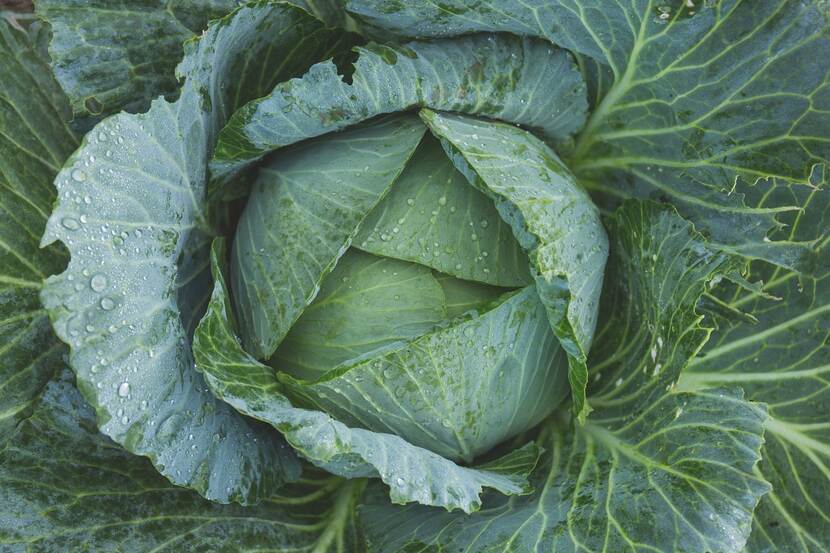
Cabbage
is a vegetable used by humans for both food and medicinal purposes. With its low calorific value, it contains vitamins necessary for health and rutin. The production of cabbage in Poland in the years 2015–2020 was about 0.8–1.0 million tonnes, which accounted for about 27% of the EU production of this vegetable. Cabbage is mostly cultivated in the following voivodeships: Małopolskie, Mazowieckie, Łódzkie and Wielkopolskie. White cabbage is the most popular species and in recent years. Napa cabbage has also been becoming popular. In many regions of the country, the following species of cabbage are also cultivated: Savoy cabbage, red cabbage and Brussels sprouts but they occupy small cultivation areas. The export of cabbage over the last six years has been from 29 to 65 thousand tonnes. In 2020, cabbage was mainly sold in the EU market (99% of the export volume), mainly to Slovakia (the share of 32%) and to the Czech Republic (23%).
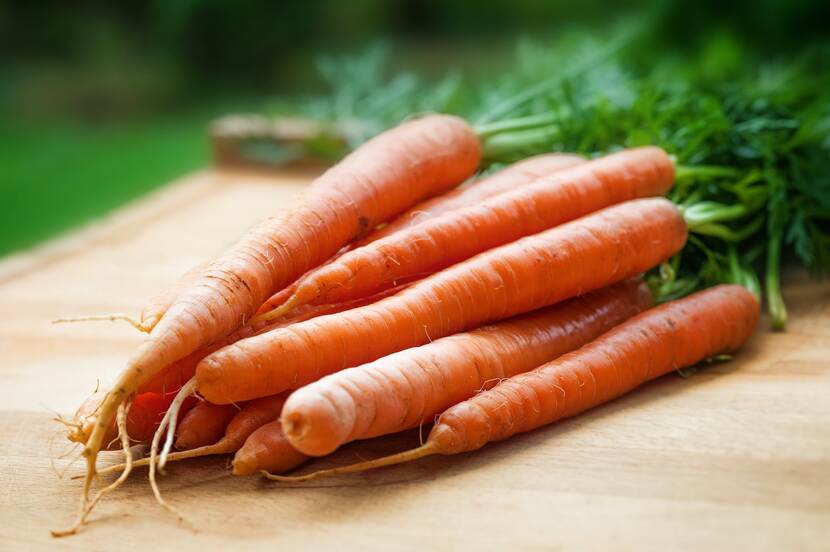
Carrot
belongs to vegetables which are of the greatest economic importance. It is characterized by the high content of carotene, mineral salts and fibre. In the market, it is offered fresh, as well as frozen, as juice, canned and dried. The cultivation area of carrot occupies about 22 thou-sand ha, which ranks it second in terms of the cultivation area of field vegetables in the country (after onions). The harvest of carrot in the years 2015–2020 was within the range of 0.7–0.8 million tonnes. Poland remains the leading producer of carrot in the EU. On a global scale the country was ranked seventh. In the years 2015–2020, the export of carrot amounted to 22–33 thousand tonnes when compared to 15 thousand tonnes in 2004. In 2020, Poland exported 22 thousand tonnes of carrot – virtually, only to the EU countries. The major customers of carrot in the Union market were: Slovakia, the Czech Republic, Romania, Germany and Lithuania.
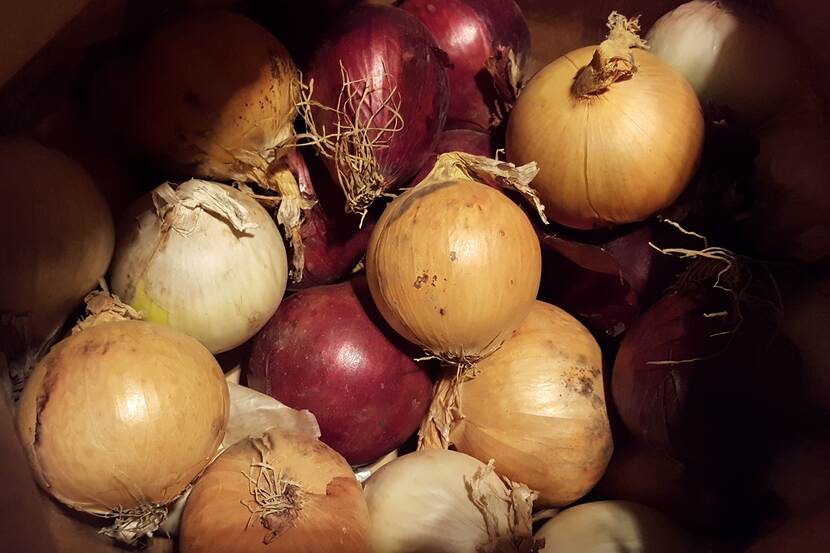
Onions
occupy the first place in Poland in terms of the vegetable cultivation area. In the years 2015–2020, the cultivation area of onions was at the level of 25–27 thousand ha. The harvest of onions amounted to 0.5–0.7 million tonnes, which gave Poland the position of the fifth producer in the EU (after the Netherlands, Spain, France and Germany), with the share of 9% in the EU production. The most popular species cultivated in Poland is the common onion, which comes in many varieties. Commonly cultivated are also: potato onion, long green onion, shallot and tree onion. The varieties available for sale are characterized by the abundance of tastes and a significant diversification in the colours of scales. The domestic market offer offers onions with a hot, medium-hot and mild taste and with white, yellow, brown and red scales. In recent years, the export of Polish onions has been lower than in the first years of EU membership. In 2020, Poland exported 156 thousand tonnes of onions when compared to 122 thousand tonnes in 2015 and 179 thousand tonnes in 2004. The largest customers of onions from Poland were the Netherlands (in 2020, 25% of the export volume), the United Kingdom (24%) and France (11%).
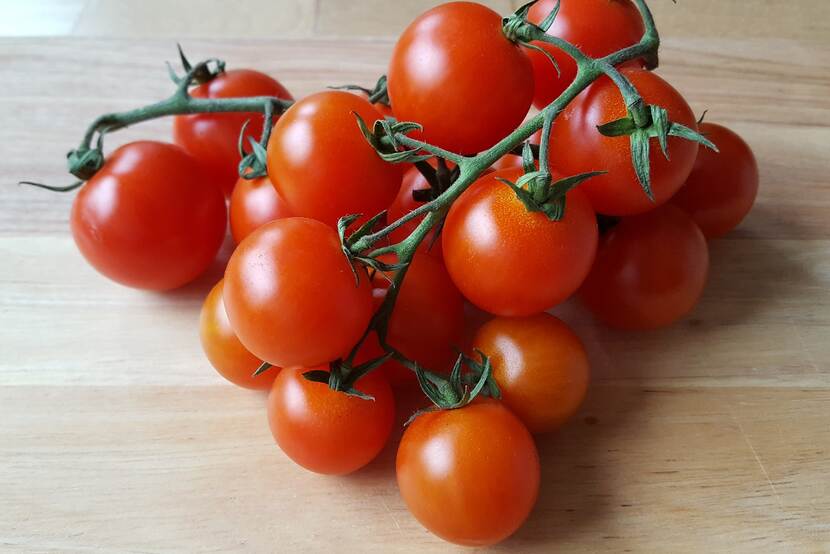
Tomatoes
like cabbage and carrots, are vegetables commonly cultivated in Poland. Willingly eaten by consumers, they are also an important raw material for processing. In the Polish climate, tomatoes are characterized by the sourer, more refreshing taste that those in a warmer climate. Poland is the fourth producer of tomatoes in the EU. The share of our country in the EU production is around 6%. The production of tomatoes in Poland is conducted as the field cultivation and under cover. In recent years, the cultivation area of tomatoes under cover has been, on average, at the level of 2.1 thousand ha and around 10 thousand ha in the field system. Around 85% of the area of tomato plantations are located in six voivodeships: Wielkopolskie, Kujawsko-Pomorskie, Mazowieckie, Łódzkie, Lubelskie and Świętokrzyskie. In Poland, 236–260 thousand tonnes of field tomatoes and 553–677 thousand tonnes of tomatoes under cover were harvested in the years 2015–2020. In the last six years, from 72 to 98 thousand tonnes of tomatoes have been exported abroad. The major export destinations were the EU countries (in 2020 – 71% of the export volume), mainly: Germany, the United Kingdom, the Czech Republic and Bulgaria and, as regards the non-EU countries – Ukraine and Belarus.
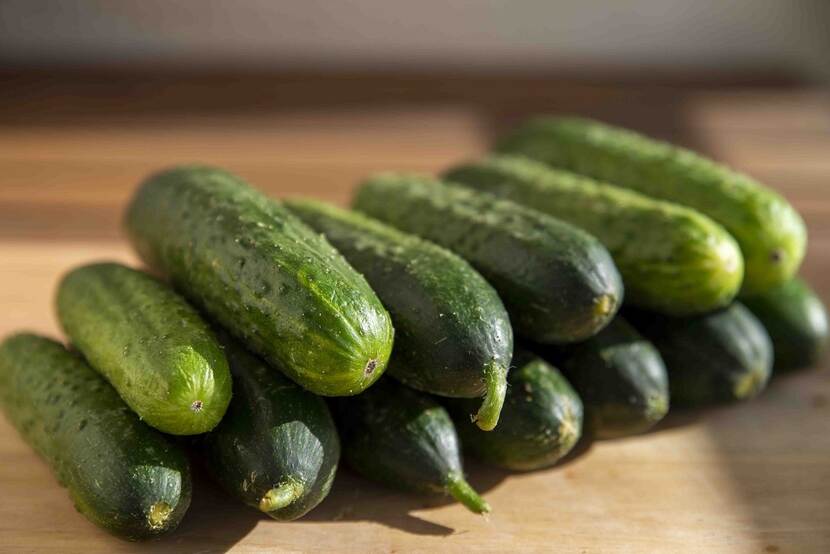
Cucumbers
like tomatoes, are thermophilic vegetables, which are cultivated in Poland both in fields and under cover. The cultivation area of field cucumbers in Poland is about 15 thousand ha. Farms cultivating cucumbers are located mainly in the following voivodeships: Mazowieckie, Łódzkie, Świętokrzyskie and Wielkopolskie. The cultivation area of cucumbers under cover in Poland is relatively stable and stands at 1.1 thousand ha. In the years 2015–2020, the harvest of field cucumbers was within the range of 221–261 thousand tonnes. On the other hand, the production of cucumbers under cover amounted to 267–297 thousand tonnes. This volume of harvest of cucumbers ranked Poland second in the EU and eleventh in the world. In Poland, cucumbers are mainly used for the purposes of the food industry and for direct consumption, due to which their foreign sale is relatively small. In the years 2015–2020, the export of cucumbers was within the range of 9–18 thousand tonnes, accounting for 2–4% of the domestic production.

Beetroot
is one of the most popular vegetables in Poland, cultivated in the area of around 10 thousand ha. Its harvest in the years 2015–2020 amounted to 281–341 thousand tonnes. Beetroot is easy to digest and low in calorie. Thanks to the high content of fibre, it has a positive effect on the digestion processes. Mineral salts contained therein have a deacidifying effect. Due to its storage durability, it can be consumed fresh almost all year long. It is a valuable raw material commonly used in the processing industry for the production of dried and frozen food, various types of preserves, beetroot with horseradish, as well as drinking and concentrated juices and more recently, to a growing extent – for the production of natural dyes. The foreign sale of fresh beetroot is relatively small. Over the last five years, it has been within the range of 13–25 thousand tonnes.
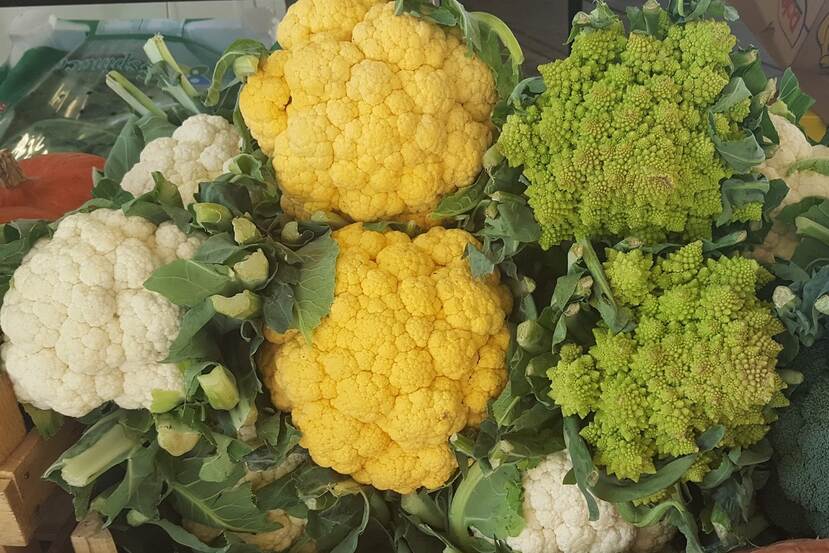
Cauliflower
is a vegetable which is willingly eaten in Poland due to its taste values. In addition to vitamins and minerals, it contains a number of biologically active substances protecting the human body against free radicals. Poland is the third producer of cauliflowers in the European Union and the eighth producer in the world. The share of Poland in the EU production of cauliflowers amounts to 13%. They are grown both for direct consumption and for the purposes of the processing industry – mainly as a raw material for the production of frozen food. The domestic cultivation area of cauliflowers is relatively stable and is at the level of about 9 thousand ha. Nearly 77% of plantations are concentrated in the Małopolskie, Lubelskie, Kujawsko-Pomorskie, Łódzkie and Mazowieckie Voivodeships. In 2020, domestic producers harvested 229 thousand tonnes of cauliflowers. Their export in the years 2015–2020 was not subject to significant fluctuations and was at the average level of about 24 thousand tonnes. The main export destinations in 2020 were the Czech Republic (18% of the export volume), Slovakia (15%) and Hungary (10%).
Source: Polish Food